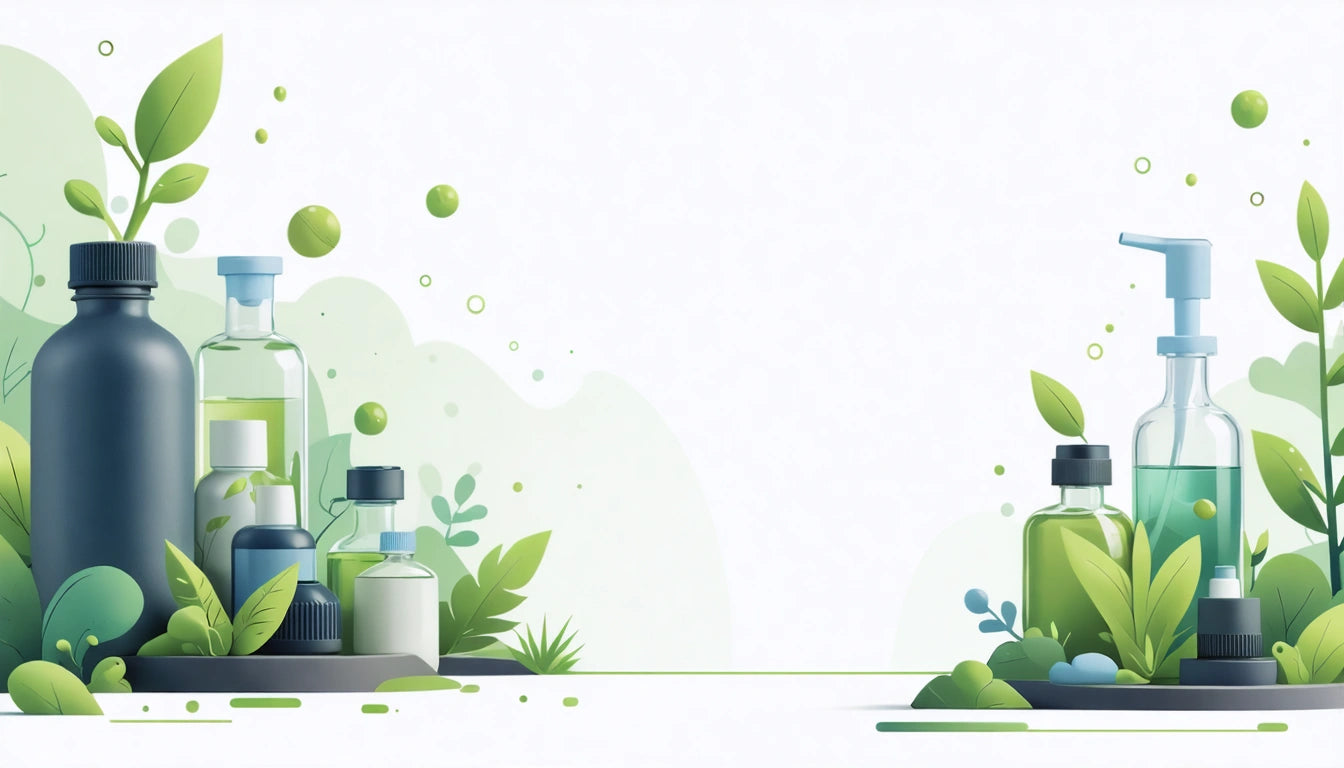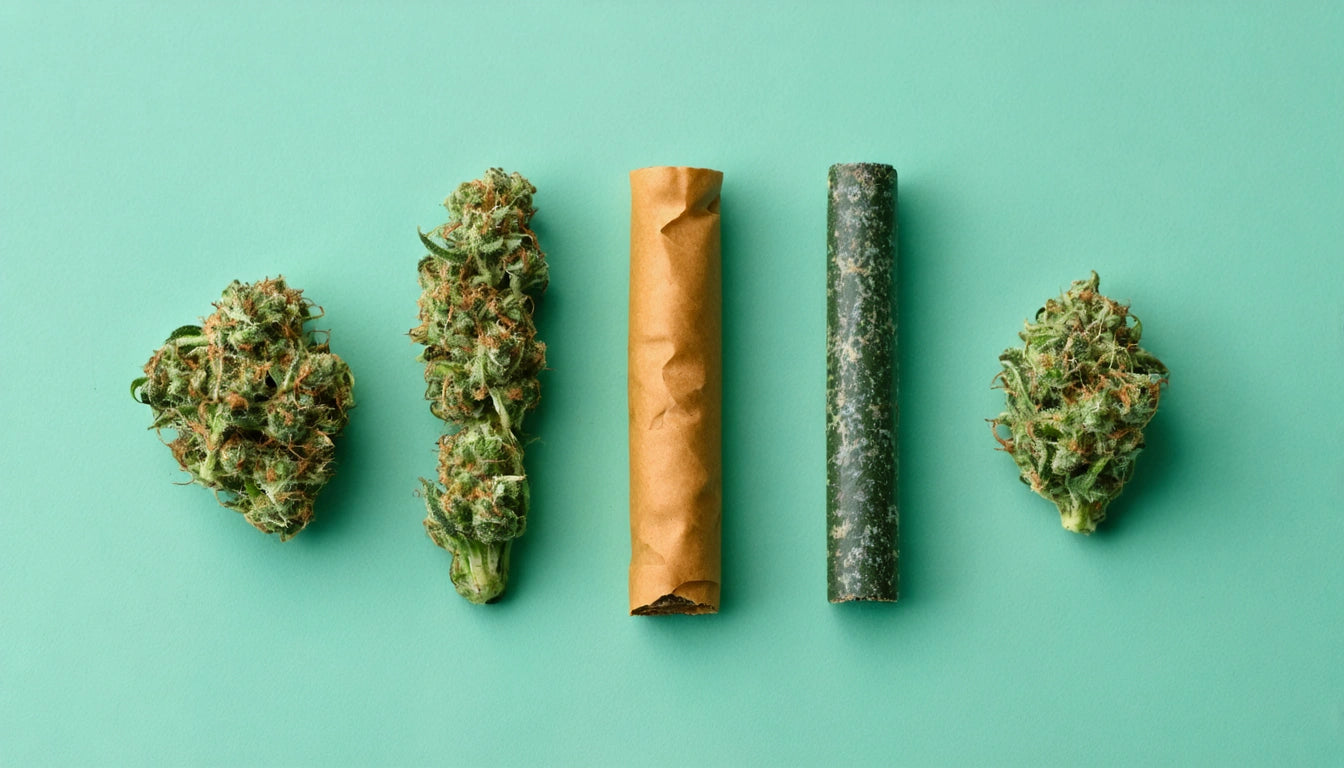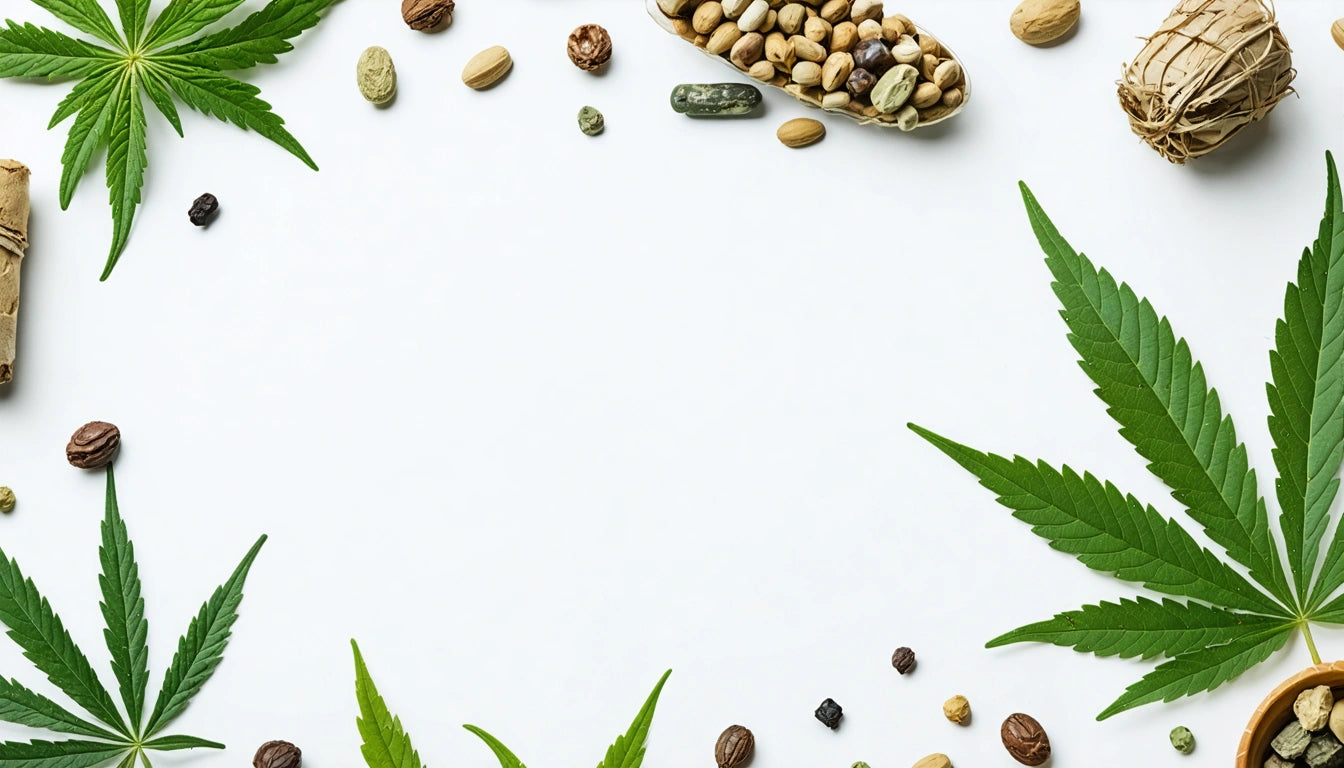Table of Contents
- Environmental Challenges for Vape Packaging
- Top Performing Materials for Temperature and Humidity Resistance
- Material Comparisons: Durability in Extreme Conditions
- Regulatory Considerations for Weather-Resistant Packaging
- Testing Protocols for Environmental Resistance
- Future Innovations in Climate-Resistant Vape Packaging
Environmental factors pose significant challenges to vape product integrity. Heat and humidity can compromise not only the packaging but also the contents inside, potentially affecting product quality, safety, and compliance. Understanding which materials offer superior protection against these elements is crucial for brands operating in diverse climate conditions.
Environmental Challenges for Vape Packaging
Vape products face unique environmental stressors that can impact both functionality and safety. High temperatures can degrade cartridge components, while humidity may affect electronic elements and accelerate oxidation. These factors make material selection particularly important.
Common environmental challenges include:
- Temperature fluctuations during shipping and storage
- Humidity exposure in retail environments
- Condensation risks during climate transitions
- UV exposure in display settings
According to our guide on leak protection, even minor environmental stress can lead to significant product failures if packaging materials aren't properly selected.
Top Performing Materials for Temperature and Humidity Resistance
High-Density Polyethylene (HDPE)
HDPE offers excellent moisture barrier properties while maintaining structural integrity across a wide temperature range. This material resists warping and maintains child-resistance features even when exposed to humidity levels up to 80%.
Polypropylene
Polypropylene stands out for its chemical resistance and thermal stability. It can withstand temperatures between -20 °F and 160 °F without compromising structural integrity, making it ideal for products shipped across multiple climate zones.
Glass with Silicone Components
Premium vape products often utilize glass containers with silicone seals. This combination provides superior humidity resistance while allowing for precise measurement of contents, which is particularly important when using precision digital scales for quality control during the packaging process.
Material Comparisons: Durability in Extreme Conditions
When evaluating packaging options, manufacturers should consider how materials perform under stress testing. A comparison of common materials reveals significant performance differences:
Clamshells vs. Boxes vs. Tubes
As explored in our performance comparison guide, rigid plastic clamshells typically outperform cardboard boxes in humidity resistance, while tubes offer better protection against crushing during transport. Each format presents different environmental resilience profiles.
Insert Materials
The choice between foam, molded pulp, or plastic inserts significantly impacts moisture absorption. Closed-cell foams outperform open-cell varieties in humid conditions, while molded pulp may absorb moisture unless treated with hydrophobic coatings.
Regulatory Considerations for Weather-Resistant Packaging
Environmental resistance must be balanced with regulatory compliance. Child-resistant features must function properly across temperature ranges, particularly for products sold in regions with extreme seasonal variations.
Our compliance checklist highlights how different states may have specific requirements regarding packaging durability. For example, some jurisdictions require packaging to maintain child-resistance even after exposure to specified environmental conditions.
Testing Protocols for Environmental Resistance
Implementing rigorous testing protocols helps ensure packaging performs as expected under various conditions. Standard tests include:
- Temperature cycling (alternating between hot and cold environments)
- Humidity resistance (exposure to controlled moisture levels)
- Condensation testing (rapid temperature changes to induce moisture)
- UV stability testing (simulated sunlight exposure)
These tests should be conducted on both empty and filled packages to accurately assess real-world performance. For disposable vape products, which have different requirements than rechargeable options, specialized testing may be necessary as outlined in our disposable vs. rechargeable guide.
Future Innovations in Climate-Resistant Vape Packaging
The vape packaging industry continues to evolve with new materials and technologies addressing environmental challenges. Emerging solutions include:
- Bioplastics with enhanced thermal stability
- Smart packaging with humidity indicators
- Phase-change materials that absorb excess heat
- Moisture-wicking inserts for humidity control
These innovations align with broader sustainability trends, as detailed in our overview of sustainable vape packaging options. The ideal future material will balance environmental protection with ecological responsibility.
By selecting appropriate materials and implementing thorough testing protocols, vape brands can ensure their products remain protected across diverse environmental conditions while maintaining compliance and consumer satisfaction.











Leave a comment
All comments are moderated before being published.
This site is protected by hCaptcha and the hCaptcha Privacy Policy and Terms of Service apply.